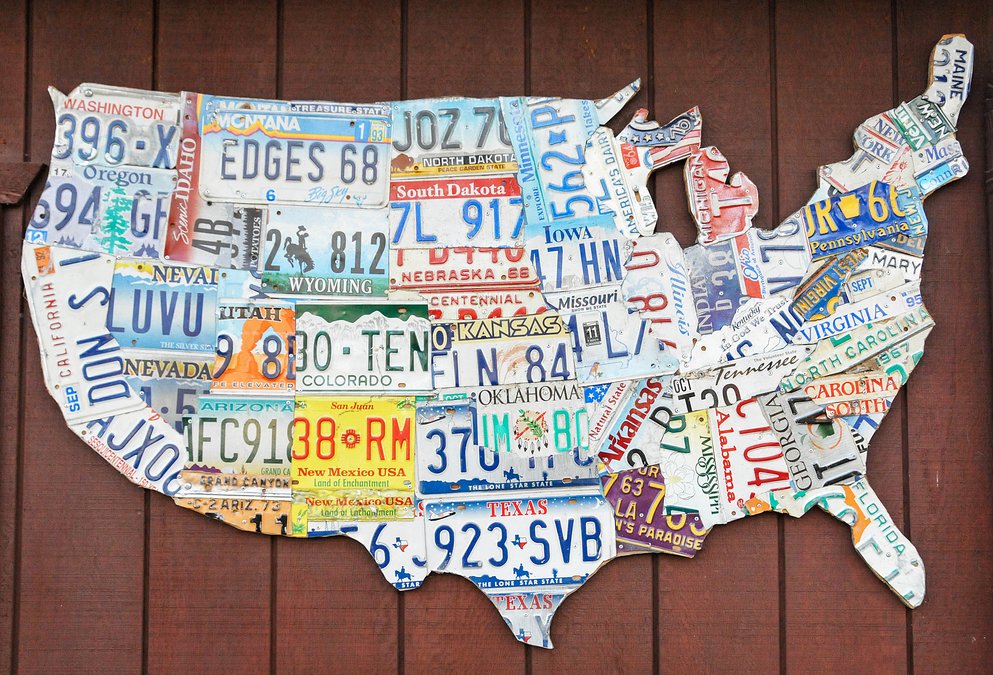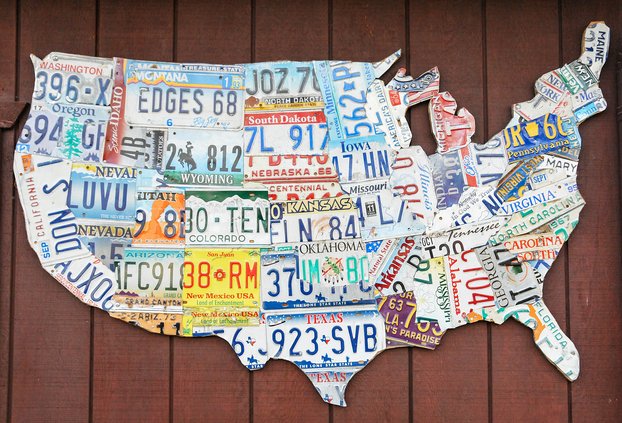Results of a new study show that California is the most diverse state in the country, ranking in the top five in five of the seven study areas.
With Hispanic Heritage Month in full swing, the personal-finance website WalletHub released its report on 2024’s Most Diverse States in America, as well as expert commentary, to celebrate the melting pot that is our country.
WalletHub compared diversity in the 50 states across six key categories: socio-economic, cultural, economic, household, religious and political.
Diversity in California (1=Most Diverse, 25=Avg.):
Overall rank for California: 1st
2nd – Educational-Attainment Diversity
2nd – Racial & Ethnic Diversity
1st – Linguistic Diversity
27th – Birthplace Diversity
4th – Industry Diversity*
18th – Worker-Class Diversity*
2nd – Household-Size Diversity
*Includes civilian employed population aged 16 and older
“Race and gender are probably the first things that come to mind when people think about diversity, but there’s plenty more that makes this nation diverse. The most diverse states have above-average variety when it comes to people’s ages, birthplaces, languages, jobs, family structures and more. Moving to a diverse state can be an extremely enriching experience as it exposes you to new ideas and new ways of living,” said Chip Lupo, WalletHub Analyst. “California is the most diverse state in America, with the most diversity when it comes to the languages people speak and the second-most racial and ethnic diversity. In addition, California has the second-most diversity in educational attainment, the second-most household size diversity and the fourth-most industry diversity.”
Texas was ranked number two, followed by Florida, New Mexico and Hawaii in the top five. The lowest ranked states in terms of diversity were Montana, at number 46, followed by Vermont, New Hampshire, Maine and, at number 50, West Virginia.
For the full report, visit: https://wallethub.com/edu/most-least-diverse-states-in-america/38262
Expert Commentary
What are the benefits and challenges of living in a diverse state?
“Diversity of people, thought, and experiences has been shown to expand a person’s perspective on life. Having different or diverse approaches increases social skills, problem-solving abilities, and personal development. The challenges often arise when people are not able to fully appreciate the experiences of others, especially when those experiences are not easily understood or may make others uncomfortable. However, if we truly practice accepting others – not changing ourselves but accepting others – then we will not be overwhelmed by trying to be different. We would appreciate the differences and see our commonalities.”
Brian Turner, Ph.D. – Associate Professor; Department Head, Department of Psychology, Xavier University of Louisiana
“The variation in experiences among a diverse group of residents will generally be higher than the variation among residents with similar backgrounds. This means people have more opportunities to learn new things from one another, but it can sometimes lead to frustration due to misunderstandings or disagreements. Generally, when people collaborate toward common goals, the benefits tend to outweigh those of groups that feel they are in competition for resources.”
Michael Bader – Associate Professor; Director, 21st Century Cities Initiative, Johns Hopkins University
What can policymakers do to encourage integration across neighborhoods?
“One of the simplest ways to encourage integration is to address and eliminate the practice of redlining which is simply an extension of enforcing residential segregation within banking and real estate industries leaving many minority populations an inability to live in resource-rich neighborhoods. Policymakers need to support existing bills designed to address redlining and work to make sure that constituents are protected from this practice. Another way is addressing the existence of places known as sundown towns-these are predominantly white areas that deliberately take actions to prevent nonwhite occupants from habitation. Policymakers need to ensure that the enormity of hate crimes associated with sundown towns are addressed quickly and create pathways for correction and eventual elimination. Yet another way is to actually support and enact bills that support inclusion (again using the definition of diversity in an expansive context) with clearly outlined and enforced consequences for a lack of adherence would go a long way to better aid integration within U.S. communities.”
Dr. Alicia D. Bonaparte – Professor; Medical Sociologist, Pitzer College
“Two key actions can significantly encourage integration within and across neighborhoods. First, ensuring that developments include a mix of housing types and sizes can foster diversity among residents. This allows people from different backgrounds to live near one another and share local services and institutions like libraries, schools, businesses, and places of worship. Second, investing in transportation infrastructure helps people move easily within and between neighborhoods. These two steps would greatly promote integration.”
Michael Bader – Associate Professor; Director, 21st Century Cities Initiative, Johns Hopkins University
What can local governments do to ensure health equity among minority groups?
“Local governments are probably best suited to ensure that this happens through the use of grants (local, state, federal, and private) that provide citizens with access to healthcare resources. Additionally, creating or scaling up partnerships with institutions of higher learning, healthcare providers, and private agencies to survey the community’s needs would assist in making sure that these needs are documented.”
Brian Turner, Ph.D. – Associate Professor; Department Head, Department of Psychology, Xavier University of Louisiana
“Various efforts can be made to better health equity; but these efforts require system-wide change rather than just localized social change. Health equity ensures that access and use of healthcare needs are available to all. Community health centers (CHCs) are rooted in inclusive community health principles and require more lines of funding to support their outreach networks; therefore, CHCs require line items in governmental budgets. Additionally, collaborations between CHCS and local hospitals and clinics would also create a larger swath of accessible care. Clinical providers continue to need training to address medical mistrust and aiding patients with diminished and nonexistent health literacy. Both of these issues serve as drivers for disparate care and deleterious health outcomes.”
Dr. Alicia D. Bonaparte – Professor; Medical Sociologist, Pitzer College





